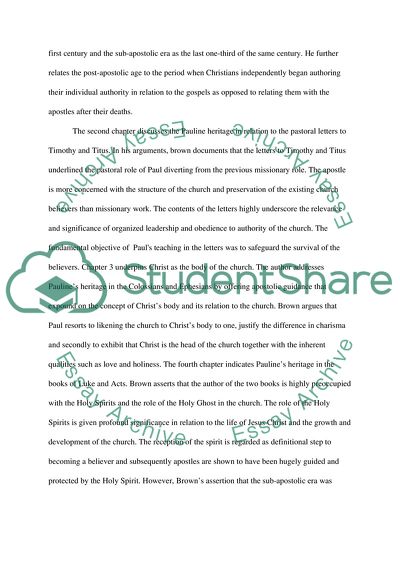Cite this document
(Critique of The Churches the Apostle Left Behind Written By Raymond Book Report/Review, n.d.)
Critique of The Churches the Apostle Left Behind Written By Raymond Book Report/Review. https://studentshare.org/religion-and-theology/1837991-book-critique
Critique of The Churches the Apostle Left Behind Written By Raymond Book Report/Review. https://studentshare.org/religion-and-theology/1837991-book-critique
(Critique of The Churches the Apostle Left Behind Written By Raymond Book Report/Review)
Critique of The Churches the Apostle Left Behind Written By Raymond Book Report/Review. https://studentshare.org/religion-and-theology/1837991-book-critique.
Critique of The Churches the Apostle Left Behind Written By Raymond Book Report/Review. https://studentshare.org/religion-and-theology/1837991-book-critique.
“Critique of The Churches the Apostle Left Behind Written By Raymond Book Report/Review”. https://studentshare.org/religion-and-theology/1837991-book-critique.


